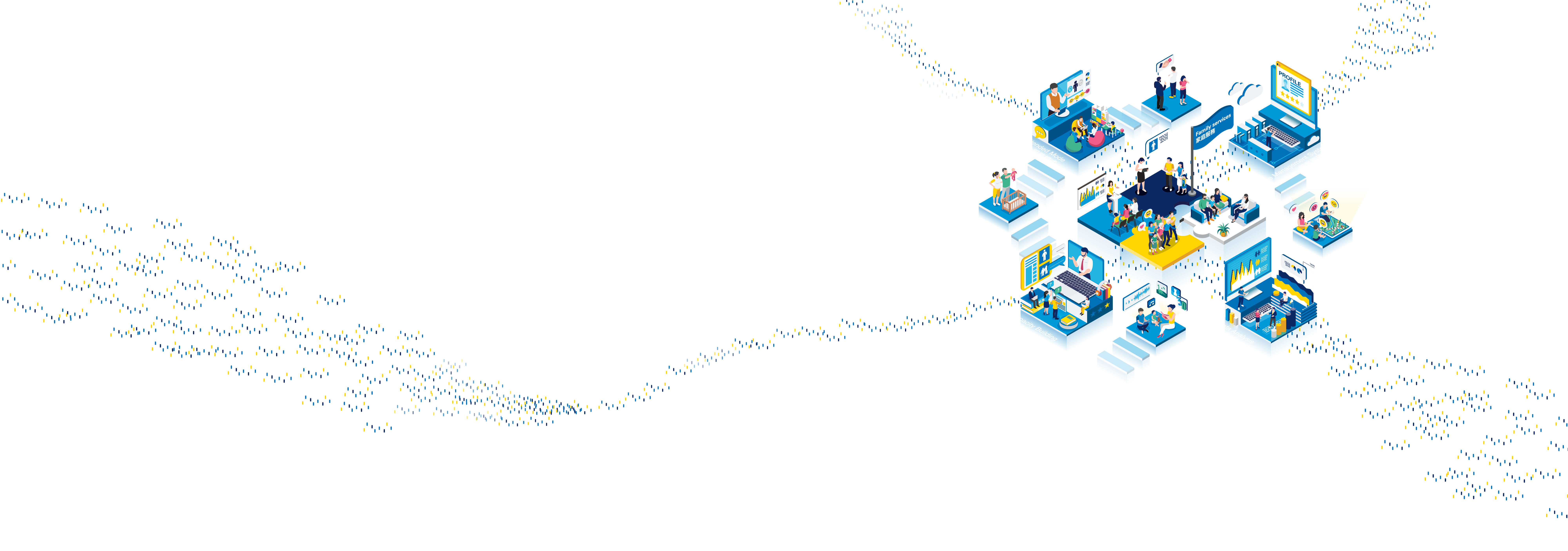

Duan Wenjie, PhD, is a professor and doctoral supervisor at the Department of Social Work, East China University of Science and Technology (ECUST), and the Deputy Director of the Shanghai University Think Tank for Social Work and Social Policy Research Institute. He holds a national Level 2 Psychological Counselor certification and currently co-chairs the ISOQOL Chinese-PRO SIG (2023-2025). In 2023, he was listed among the top 2% of scientists globally for annual scientific impact in the fields of social psychology and social work (one of only 14 from these fields). He obtained his Ph.D. in Applied Social Sciences from City University of Hong Kong in 2016 and was a visiting scholar at the University of California, Davis, from 2018 to 2019. He currently serves as Associate Editor of Applied Research in Quality of Life (2024-2027), China Regional Associate Editor of Child & Family Social Work (2022-2027), and editorial board member of Research on Social Work Practice (2018-2026) and Journal of Evidence-Based Social Work (2020-2025). He is also a peer reviewer for over 70 academic journals. His research output includes 91 SSCI-indexed papers, with 39 published in Q1 journals. His representative works are published in leading journals, including Social Science & Medicine, Research on Social Work Practice, British Journal of Social Work, Children and Youth Services Review, Social Indicators Research, Journal of Happiness Studies, and Quality of Life Research.
Background: A growing body of mental health research emphasizes the need for early identification of at-risk youth. Research has explored the general factor of psychopathology (p-factor) as a transdiagnostic vulnerability; however, research has yet to leverage machine learning to identify transdiagnostic phenotypes on a scale large enough to robustly examine the heterogeneity and clinical relevance of such subgroups.
Objective: The purpose of the present study, incorporating personal, family, and peer perspectives, was to apply unsupervised machine learning classification (i.e., agglomerative hierarchical clustering and Gaussian mixture models) to identify phenotypes of psychopathological vulnerability and to explore screening thresholds and targeted intervention strategies across the learned phenotypes.
Materials and Methods: The present study included a sample of 11,224 individuals. Clinical data indicating a definitive or provisional diagnosis of psychological disorders was available for a portion of the sample (n = 159). Rasch model and unsupervised machine learning were applied to model psychopathological vulnerability subgroups as well as their taxonomic relationships.
Results: The final 22-item screening tool fitted the unidimensional Rasch model. The application of a Gaussian mixture model and hierarchical agglomerative clustering revealed three overlying psychopathological vulnerability phenotypes with unique profiles that differed in degree and pattern of risk exposure. Threshold scores of 11 and 5 were used to demarcate the vulnerable and high-protection groups. These models achieved predictive hit rates ranging from 36.00% to 53.57% across two independent clinical validation samples.
Conclusions: Unsupervised machine learning incorporating personal, family, and peer perspectives identifies at-risk youth in population-based surveys. Clustering provides a basis for homogenization and thus an opportunity to tailor treatment based on cluster memberships, with significant implications for targeted treatment of youth with psychopathological vulnerability.

Professor of Social Work,
Department of Social Work, School of Social and Public Administration,
East China University of Science and Technology, China